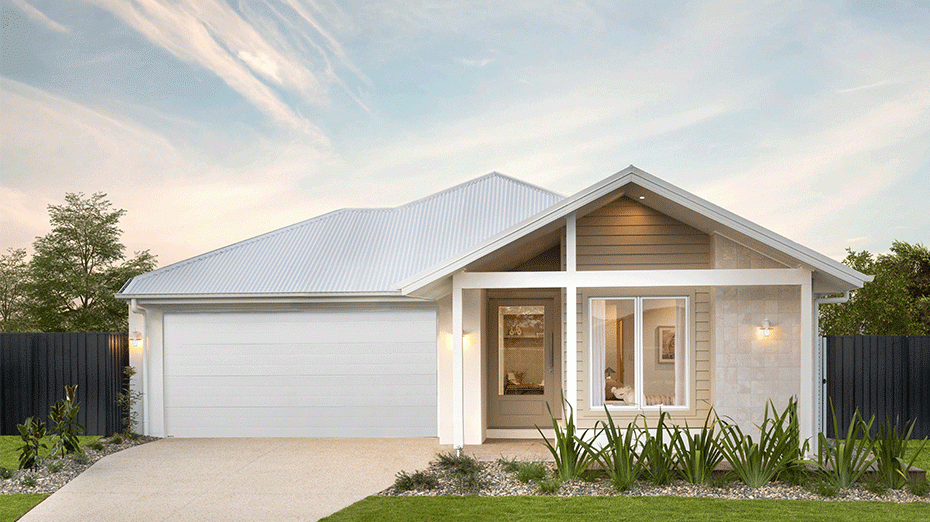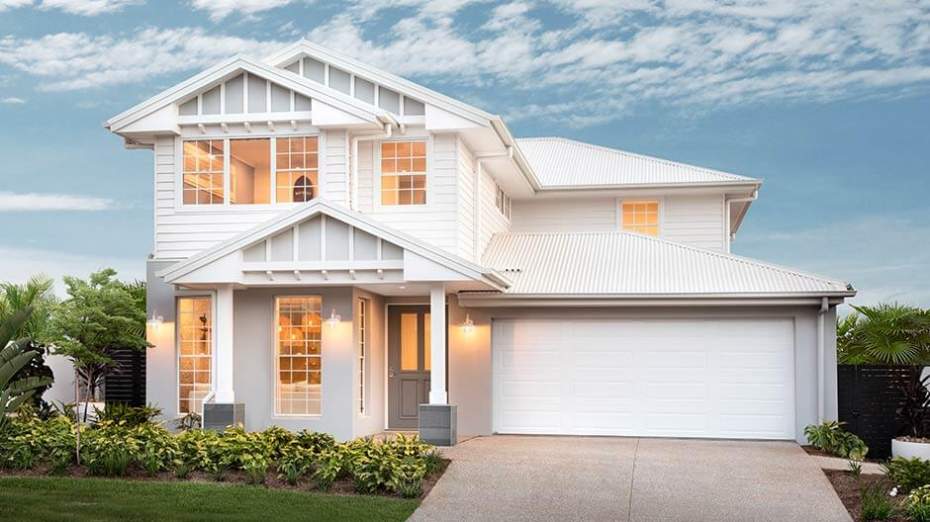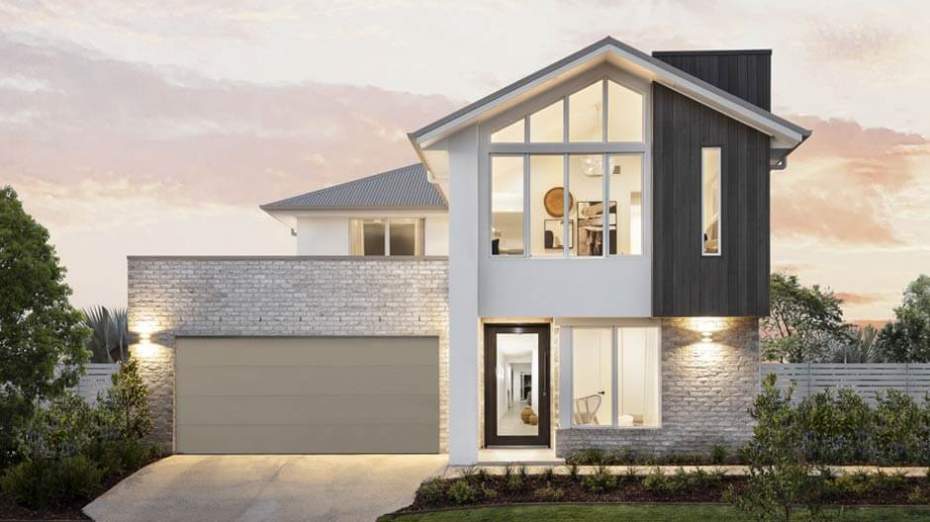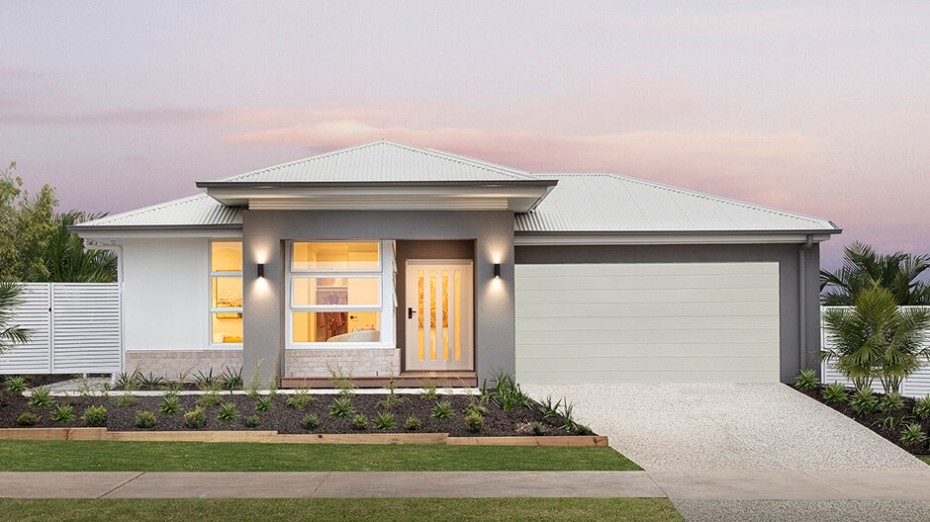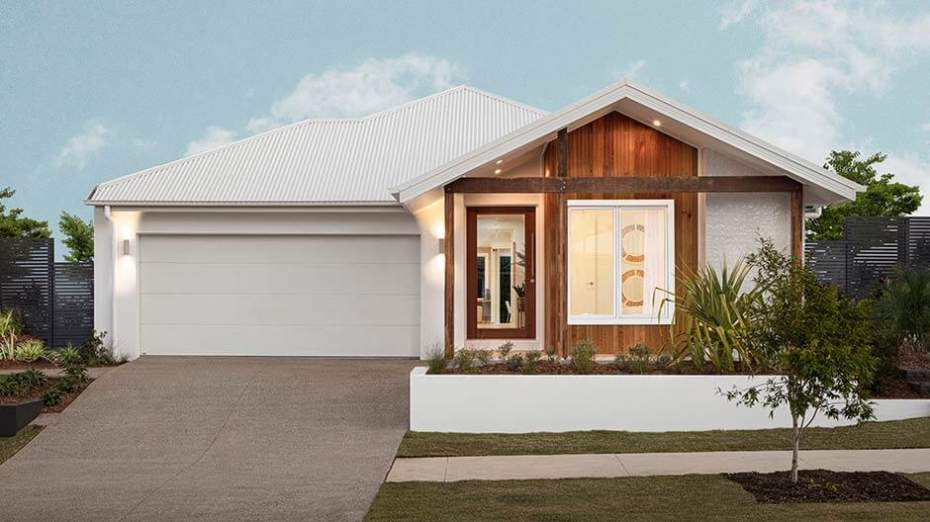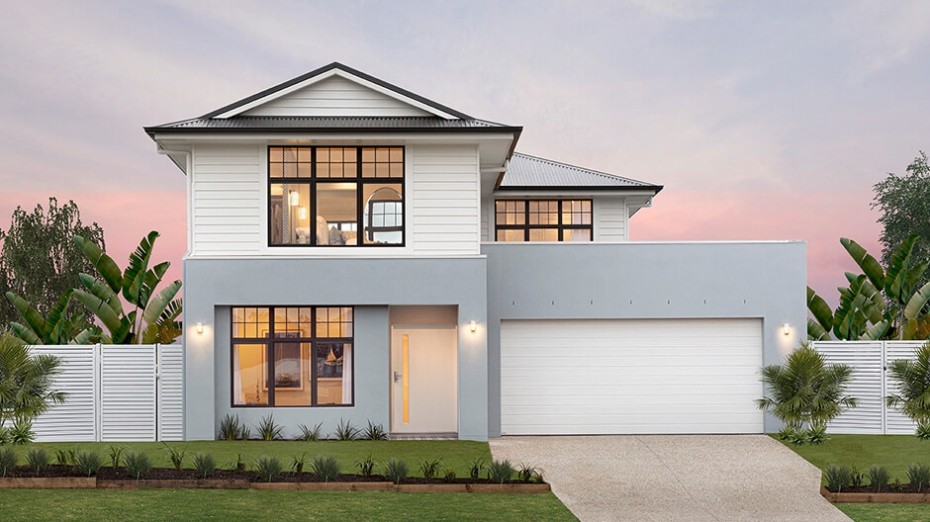Curtains vs Blinds

Choosing window treatments requires careful consideration. Windows and door aesthetics can make or break your interior look. Windows treatment especially plays a key role in managing light, ensuring privacy, and contributing to the overall aesthetics of your room.
Standard options include vertical fabric§ curtains hung from a rod and custom-sized blinds. These blinds are available in Roller, Venetian, and Roman styles. When selecting window furnishings for your new home, you need to consider certain factors to pinpoint your preferences.
Curtains vs blinds? Which one is better? Though both options serve as window treatments, they differ a bit in their aesthetics and functionality. This article mainly discusses different factors when choosing between curtains and blinds. At the same time, we will picture a contrasting scenario and compare them in terms of practicality.
What's the Difference Between a Curtain and Blind?
Blinds and curtains offer distinct characteristics that cater to diverse preferences in window treatments. Blinds, typically crafted from wood, plastic, or metal materials, consist of adjustable slats or louvres.
These elements regulate light and privacy levels efficiently. You can install them within the window casing. The best part? Blinds fit snugly and allow for precise control over light. You will get better outside visibility.
On the other hand, curtains are fabric panels suspended from a rod and installed above the window frame. They offer a softer aesthetic. You can draw them open or close to varying degrees. They provide less precise light control compared to blinds.
Is a Blackout Curtain or Blind Better as Window Coverings?
Blackout blinds are a favoured option because of their snug fit against the window glass. It enhances their efficacy in light-blocking and privacy provision. You can get these blinds in roller, venetian, and cellular styles. They offer versatility to accommodate diverse preferences.
In contrast, blackout curtains are thicker and heavier. They add a touch of traditional or decorative flair to any space. Beyond their light-blocking capabilities, they excel in reducing outside noise and maintaining room warmth.
Do I Need Both Blinds and Curtains?
The answer is subjective, but most people prefer it. Pairing blinds and curtains offers a multifaceted approach to window treatments that combines functionality with style. By installing blinds for their practical benefits, such as light control and privacy, you establish a foundational layer to personalise your needs.
Adding curtains on top enhances the room's decor and introduces texture and softness. This layered approach allows for flexible daily adjustments while maintaining visual interest and versatility.
Moreover, the combination of blinds and curtains offers practical advantages beyond aesthetics. Blinds contribute to temperature regulation by providing insulation against heat and cold, while curtains offer additional thermal benefits and help dampen outside noise.
Together, they create a more comfortable and conducive environment, catering to both practical needs and design preferences. You can customise colours, patterns, and fabrics for each element when you pair blinds and curtains.
When to Choose Blinds Over Curtains
Window blinds are praised for their efficiency in light and privacy control. With adjustable slats, blinds allow users to easily regulate the amount of sunlight entering a room, providing flexibility throughout the day.
This feature is particularly advantageous for spaces with essential direct sunlight, such as offices or bedrooms. Sometimes, curtains may not offer privacy control or noise reduction.
People opt for blinds over curtains when they need a comfortable and customisable environment. Blinds offer straightforward operation, with options for manual or motorised control, enhancing convenience and accessibility for users of all ages.
When to Choose Curtains Over Blinds
Window curtains exude elegance and charm with their soft-flowing fabrics. They add warmth and coziness to any of your rooms. Curtains come in a huge range of materials, textures, styles, and patterns, offering endless possibilities for creativity.
So, when you want to focus more on aesthetics and creative space, you can opt for curtains instead of blinds. From sheer and lightweight fabrics that allow natural light to heavy drapes that provide coziness, curtains create a welcoming atmosphere.
Additionally, you can accessorise curtains with decorative elements such as tiebacks, valances, or trimmings. They add layers and depth to the overall decor scheme.
Most Common Types of Blinds and Shades
Blinds and shades come in several styles and materials. Each of them offers unique features and functionality. We have mentioned some of the most common types:

Blockout Curtains
- Best for: Bedrooms
- Common materials: Polyester, Cotton, Velvet
- Light blocking: Moderate to Blackout
Blockout curtains are window treatments that block entirely outdoor light from entering a room when closed. These curtains are made from heavy, opaque fabrics that prevent sunlight from penetrating the material. It results in a cozy and darkened environment. Block-out curtains have multiple layers, including a thick blackout lining, which enhances light-blocking properties.

Sheer Curtains
- Best for: Living Rooms
- Common materials: Chiffon, Lace, Organza
- Light blocking: Sheer to moderate
Sheer curtains catch your eyes with their lightweight and translucent fabric. They introduce an ethereal and airy ambience to any space. These delicate window treatments gently filter natural light, creating a soft and luminous atmosphere without compromising privacy. Sheer curtains are versatile additions to interior decor.

Roller Blinds
- Best for: Living Rooms, Study Rooms
- Common materials: Variety of Materials
- Light blocking: Sheer to moderate
A Roller blind consists of a single piece of material that wraps around a casing and sits at the top of your window frame. These are a little different from traditional blinds. You can position it either inside or outside the window recess. Its operation involves pulling a cord attached to the bottom of the blind or using a side-winding chain mechanism connected to the blind casing.

Roman Blinds
- Best for: All Rooms
- Common materials: Variety of Materials
- Light blocking: Moderate to dark
A Roman blind is a soft-cloth window covering where the fabric is gracefully pulled into tidy 'pleats' or panels. It is typically through a threaded rod mechanism. They are believed to have been popular since the Roman Empire. That is how they got their name as "Roman" blinds. These blinds are quite affordable compared to curtains. They also deliver insulation and style.
Venetian Blinds
- Best for: Bedrooms
- Common materials: Wood, Metal, Composite
- Light blocking: Sheer to Moderate
The design of Venetian blinds is elegantly straightforward: horizontal slats crafted from either wood or metal and suspended on ladder cords. These blinds offer effortless adjustability, allowing users to control the amount of light entering a room easily. Plus, they are simple to raise and lower as needed.
Plantation Shutters
- Best for: Living Rooms, Dining Rooms
- Common materials: Wood, Vinyl, Composite
- Light blocking: Sheer to Moderate
These shutters originate from the plantations of the Old South. Plantation shutters boast a rich history dating back centuries when they were used to shield homes from intense heat. These window coverings have evolved into a beloved interior treatment today. The shutters are a modern alternative to conventional window treatments.
Things to Consider When Choosing Window Treatments
We have mentioned five important factors that will help you make the right choice:
Interior Style
The quality and style of curtains or blinds vary significantly. Select one that suits your mood or interior design. Curtains, in particular, offer a versatile option. They are available in various thicknesses, patterns, and colours to complement different styles.
For instance, light and sheer curtains create a bright, sunny atmosphere. These will be ideal for minimalist or modern home interiors. Conversely, heavier curtain fabrics like velvet add depth and richness, enhancing the cozy ambience of contemporary style.

Maintenance
For many homeowners, cleaning window treatments every day is impractical. Therefore, when you have to choose between two, select the option that is easier to clean and maintain. In general, curtains prove to be much simpler to maintain since you can wash and clean them using a washing machine.=
However, roller blinds are a convenient alternative if you prefer blinds but lack regular cleaning time. They can be hand-washed or dry-cleaned, offering a manageable cleaning solution for your busy schedule.
Sound Control
The incessant honking of car horns can be a source of frustration. They can test your patience, and nobody likes a loud sound on a Sunday morning.
Nevertheless, effective window treatments can significantly mitigate the noise, provided you make the appropriate selection. Typically, curtains excel in noise reduction, particularly those crafted from dense materials such as velvet.
Durability

Well-kept blinds commonly retain their appearance for 15 years or longer, owing to their synthetic composition. Blinds resist discolouration and staining effectively, whether made from plastic, vinyl, or polymer-coated wood.
Their sturdy construction makes them less susceptible to everyday wear and tear than curtains. In contrast, fabric curtains made from cotton, linen, velvet, or even silk are more prone to wear and tear.
Light Control
If light coverage is more critical for you, go for curtains. You can consider blackout curtains if you desire a dim environment, whereas sheer curtains are ideal for creating an airy ambience.
On the other hand, if light control is your primary concern, blinds are the optimal option. Using blinds, you can adjust the slats to either block out light entirely or permit the desired amount of sunlight into the room.
Build Your Dream Home
When building your dream home with Brighton homes talk to our qualified MyChoice Interior Design Consultants. They are here to guide you through every step of the way when it comes to styling your new home and can help you choose the best curtain and blind options from our range to match your style.

